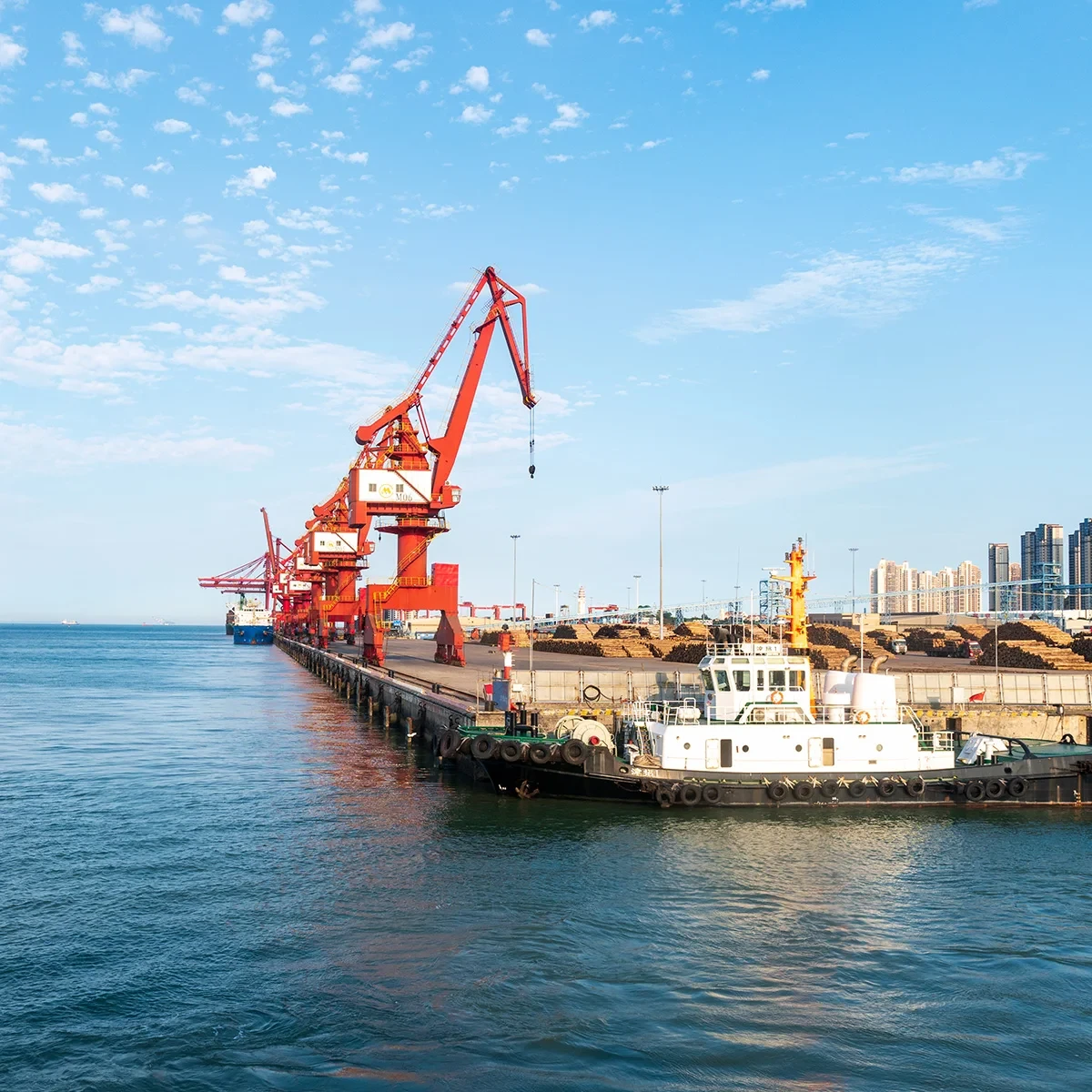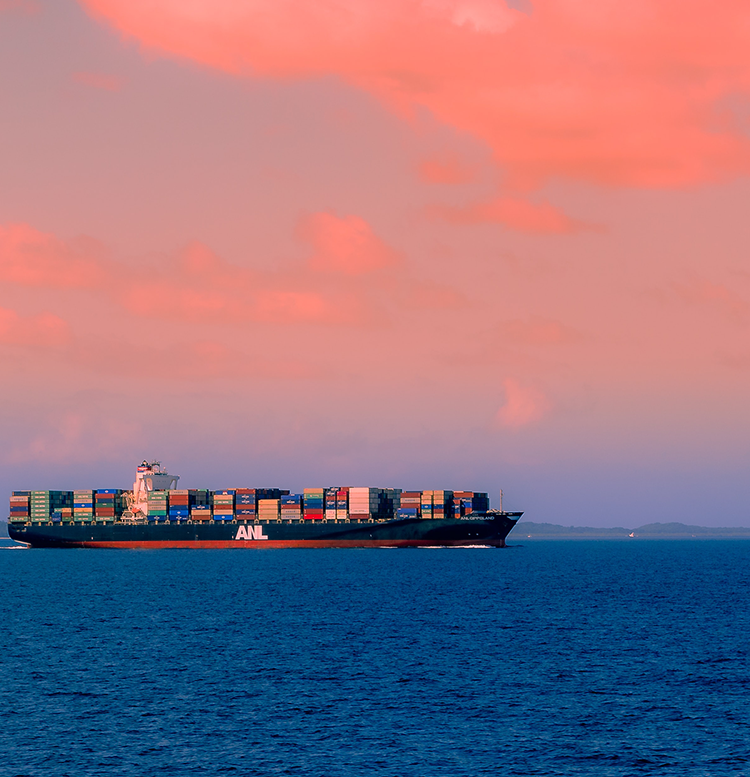Email format error
Email cannot be empty
Email already exists
6-20 characters(letters plus numbers only)
The password is inconsistent
Email format error
Email cannot be empty
Email does not exist
6-20 characters(letters plus numbers only)
The password is inconsistent

News

How to Ship from China to Kenya?
Shipping goods from China to Kenya involves a series of well-coordinated steps to ensure timely and cost-effective delivery. Understanding the available shipping methods, associated costs, required documentation, and customs procedures is crucial for a seamless shipping experience.
1. Selecting the Appropriate Shipping Method
The two primary shipping methods are sea freight and air freight, each with distinct advantages and considerations:
-
Sea Freight: Ideal for large or bulky shipments, sea freight is cost-effective but has longer transit times, typically ranging from 20 to 30 days, depending on the specific ports and routes chosen.
-
Air Freight: Suitable for smaller, time-sensitive shipments, air freight offers faster delivery, usually between 3 to 10 days, but at a higher cost.
2. Understanding Shipping Routes
The choice of shipping route impacts both cost and transit time:
-
Direct Routes: Shipping directly from major Chinese ports like Shanghai or Shenzhen to Kenya's primary port, Mombasa, offers shorter transit times but may incur higher costs.
-
Transshipment Routes: These involve stopping at intermediate ports before reaching Mombasa, potentially reducing costs but extending delivery times.
3. Estimating Shipping Costs
Several factors influence shipping costs:
-
Sea Freight: Costs vary based on container size (e.g., 20ft or 40ft) and whether you opt for Full Container Load (FCL) or Less than Container Load (LCL) shipping.
-
Air Freight: Costs are calculated based on weight and volume, with rates varying depending on the nature of the goods and the speed of service required.
4. Preparing Necessary Documentation
Accurate documentation is vital for smooth customs clearance:
-
Commercial Invoice: Details the transaction between buyer and seller.
-
Packing List: Outlines the contents, dimensions, and weight of each package.
-
Bill of Lading or Air Waybill: Serves as the contract between the shipper and carrier.
-
Certificate of Origin: Indicates the goods' country of manufacture.
-
Import Permits: Certain goods may require specific import licenses or permits.
5. Navigating Customs Procedures
Compliance with Kenyan customs regulations is essential:
-
Customs Declaration: Submit accurate declarations to avoid delays or penalties.
-
Duties and Taxes: Be prepared to pay applicable import duties and taxes upon arrival.
-
Inspections: Goods may be subject to inspection to verify compliance with Kenyan standards.
6. Partnering with Reliable Freight Forwarders
Collaborating with experienced freight forwarders can simplify the shipping process:
-
Services Offered: Look for providers that offer comprehensive services, including door-to-door delivery, customs clearance, and cargo insurance.
-
Experience and Reputation: Choose forwarders with a proven track record in handling shipments between China and Kenya.
7. Considering Door-to-Door Services
Door-to-door services provide convenience by handling the entire logistics process:
-
Sea Freight DDP (Delivered Duty Paid): The logistics provider manages pickup, sea transportation, customs clearance, and final delivery, suitable for large shipments with longer timelines.
-
Air Freight DDP: Similar to sea freight DDP but with faster transit times, ideal for smaller, urgent shipments.
8. Ensuring Cargo Insurance
Protecting your shipment against potential risks is advisable:
- Insurance Coverage: Obtain cargo insurance to safeguard against loss or damage during transit.
9. Tracking Shipments
Utilize tracking services to monitor your shipment's progress:
- Real-Time Updates: Many freight forwarders offer online platforms to track shipments, providing visibility and peace of mind.
10. Planning for Delivery and Distribution
Upon arrival in Kenya, plan for efficient distribution:
-
Local Transportation: Arrange for transportation from the port or airport to the final destination.
-
Warehousing: If necessary, secure warehousing solutions to store goods before distribution.
By meticulously planning each aspect of the shipping process—from selecting the appropriate method and route to ensuring compliance with documentation and customs procedures—you can facilitate a smooth and efficient shipment from China to Kenya. Collaborating with reputable freight forwarders and staying informed about regulatory requirements will further enhance the success of your shipping endeavors.

